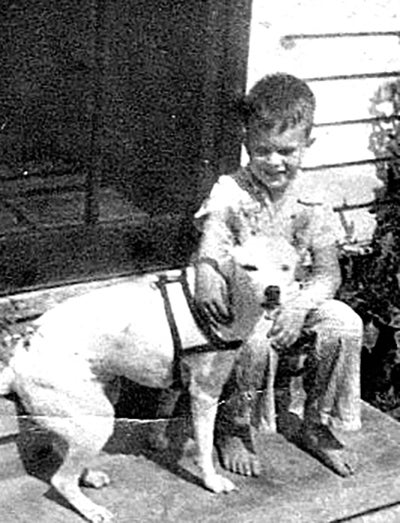And Now You Know: The end of the old courthouse
Published 12:34 am Saturday, June 5, 2021

- And Now You Know
|
Getting your Trinity Audio player ready...
|
In October 1954, the Orange County Commissioners announced that on November 24 at 2:00 p.m. there would be a public auction for the sale of the old Orange County courthouse.
The old courthouse had been completed and put into service in 1898. It had been built by M.A. McKnight and F.W. Robinson for a cost of $28,300.
As Texas courthouses go, it was not really so old and had not been used that long. The oldest courthouse in Texas is the Cass County courthouse in Linden. It has been in continuous operation since 1861. Orange County had built a new courthouse and replaced the old courthouse in 1937. The old courthouse had been used less than 40 years when it was replaced, and county business started moving to the new courthouse.
In 1954 the only county office still located in the courthouse was the office of Paul Miller, Justice of the Peace. The rest of the building was used by one or two civic groups and for storage. Maintenance had not been kept up and the building was in “bad shape.”
There was some opposition to the sale and demolition of the old courthouse. One citizen, a resident of the Little Cypress community wanted the building preserved and re-equipped for use as a county library and museum.
“The old courthouse is the only building of its kind in existence in the county now. When this is gone the county will not have any kind of a building link with the past historical events,” she wrote. “The second floor could be used for the preservation of Civil War and pioneering relics of Texas as a museum, The first floor could be remodeled as a county library.”
The lady stated she had called several longtime residents of the county and had received a favorable reaction by those who think the building should be preserved. An unofficial group had formed and had a motto: “Philadelphia did not tear down Independence Hall because it got old.”
The group had plans to circulate a petition to gain signatures opposing the sale and demolition of the building. The petition would be presented to the commissioner’s court.
The resolution approved by the county court stated the high bidder had to complete the demolition in 120 days and level the site to six inches.
The day before the sale, County Judge Charlie G. Grooms said three firms had approached him about bidding on the project.
There had been opposition to the sale, but no petition had been presented to the commissioner’s court asking the sale to be stopped; county officials stated the sale would go on as planned.
Joe H. Spector, owner of the firm J.H. Spector and Sons, was the high bidder at the auction. Spector outbid Albert Bishop and B.T. Wright, owners of Dallas wrecking firms. The winning bid was $650. Spector said, “I couldn’t let those Dallas companies steal the building.”
“As is customary, we will strip the inside materials to leave a skeleton, which will then be knocked down. There are cast iron stairs and considerable amounts of salvage lumber which can be recovered,” Spector said.
Before the bidding began, Grooms reminded the bidders the two statues on the roof and the cornerstone would be retained by the county. He also urged any group using the building for meetings and storage to remove their property as soon as possible.
It was estimated the demolition would start in early January. Once started a physical link with Orange’s historical past would disappear. To Spector, it was “just another job” to be added to his companies over 40 years of experience.
The two statues on the building were “Liberty” and “Justice”, mounted on the east and west sides of the building looking north. One statue was holding an American flag, the other, a cane.
K.A. Mitchell had worked on the building during its construction when it started in 1898. He said he did not think the statues would be too hard to take down.
“I believe they are made of some sort of cast metal, probably aluminum. When they were first put up, they had tinted cheeks and looked almost human,” Mitchell said. “At one time they were taken down and painted white, which faded out to a dull grey.”
He said the painting had been done when the roof had been patched.
Mitchell said he could not remember if there had been any papers placed in the cornerstone when it was set.
The statues, Liberty and Justice were to have been placed on the front lawn of the new courthouse to join the Civil War cannon already there.
“And now you know.”






